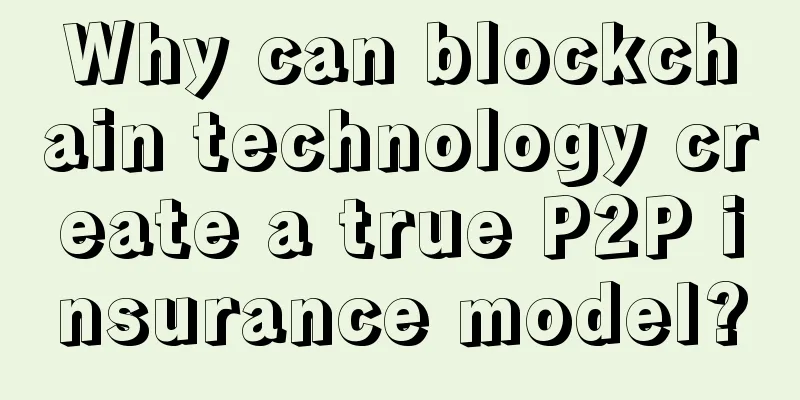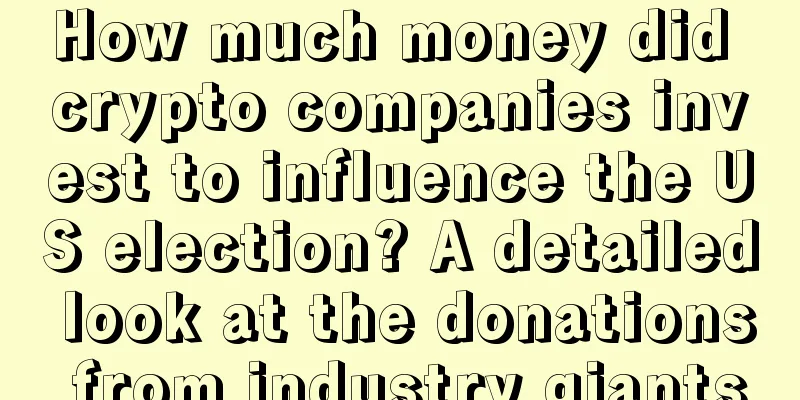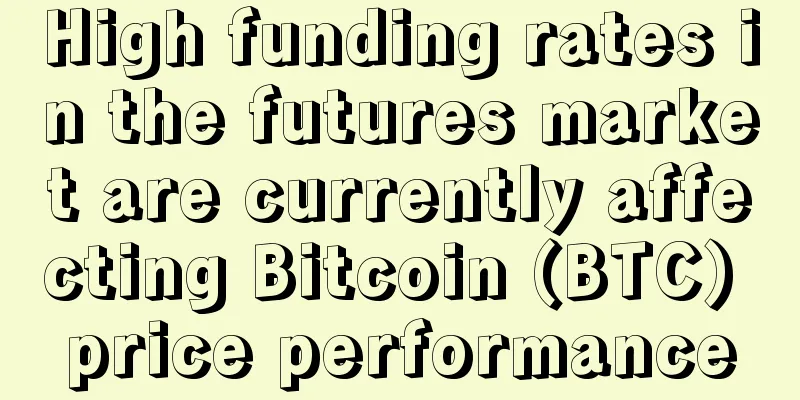Why can blockchain technology create a true P2P insurance model?

|
The financial industry is currently undergoing a transformation. The rapid rise of the financial technology industry is causing huge upheaval for traditional companies, with investment in the industry increasing eightfold to $20 billion over the past five years. One of the most fascinating things happening in the financial industry is undoubtedly blockchain technology. There are already many examples of how blockchain is impacting the banking industry, especially payment services, security and commodity trading, while the insurance industry is being impacted by the Internet of Things, big data and crowdfunding. Perhaps for this reason, the impact of blockchain on the insurance industry has not been a focus for new innovators. Some documents, such as the Ethereum white paper and “Chain of a lifetime”, do describe some new products that blockchain technology can enable, but their focus is rarely on new possible business models. However, this does not mean that there is no discussion about business models. In March 2016, a report released by ING Bank focused specifically on the future sustainable insurance business model. Although the sense of urgency among traditional insurance companies is not high at present, new business models are indeed needed now. Benefits to be gainedThe current focus is on changing the existing model in stages, rather than making disruptive changes or completely overthrowing it and re-establishing a new model. So, what is the new model and how can it be implemented? Blockchain, especially smart contracts, can be the enabler of a true P2P or crowdfunded insurance model. In the new business model, the focus of insurers will shift from asset management to focusing on supply and demand matching and risk calculation research. Insurers will provide a market-like platform where insurers can publish their needs, which can be either a standardized product or a special demand. Insurers can then use their “risk intelligence” and risk models based on historical data to perform a premium calculation to estimate the return that can be achieved. With the premium calculation, interested investors can quote for the required insurance. This can be done through crowdfunding or individually through P2P. It all depends on the type of insurance required, the investor's available resources and the investor's risk appetite. At the moment, this model is very similar to what Lloyd’s of London does in the insurance market, or what P2P leader Funding Circle does. Blockchain plays an important role in this model. In addition, the management of this new model is carried out in a decentralized distributed ledger, and smart contracts are used, which can guarantee the payment from investors to consumers in case the consumer issues an insurance demand event. So the smart contract is a traditional guarantee in the new model without the involvement of banks. Since it all happens on a blockchain, the management and execution process is simple, almost fully automatic, transparent and less expensive than traditional methods. In addition, investors know their maximum risk exposure. Insurers can also take on the role of damage assessors to verify the validity of insurance claims. But this could easily be outsourced to a third party, while connecting the blockchain to other ledgers. This verification could be automated. In this model, the use of smart contracts in the insurance market will not be limited to P2P type insurance, but can be applied to almost all types of insurance. Divide the basic tasksThis new business model has benefited all the institutions involved: insurers, investors and of course customers. As a provider of market and risk intelligence, insurers can make a lot of money. This model allows the capital required by clients to come from investors, so insurers can operate with minimal capital levels or even no capital. As for regulatory licenses, similar models in the P2P lending business do not require full licenses or even licenses. As for the development of the platform, it can (and should) be outsourced to third parties on a pay-per-use basis, so that the company can even have higher "capital flexibility". The result could be a very lean, flexible and efficient organization. From the perspective of investors, this is a new investment opportunity with the potential for higher returns. Private investors with tight cash flow can also participate in this market. For consumers, insurance could be cheaper because there would be many investors quoting and subscribing and low operating costs. This new model may allow consumers to announce their needs in a simpler way. Insurance payments will also be guaranteed due to smart contracts. Potential obstaclesOf course, this model also faces various challenges, some of the most pressing of which is whether regulators will allow the market to operate in this way. Insurers need to have enough investors to spread the risk of large payments, and have flexibility in responding to demand for special types of insurance. As for risk calculation, due to the nature of some very special types of insurance, insurers need to be able to correctly calculate risks and returns. This factor is key to attracting consumers and investors. Consumers also play a critical role as they need to place their trust in a system that does not have a third party with capital reserves. However, all in all this business model could be very attractive and could bring multiple benefits, creating a true P2P, crowdfunded insurer. It could even be argued that if this model were to develop sufficiently, we would no longer need traditional insurers, but instead a smart capital trading company that would fulfil its basic market role. Original article: http://www.coindesk.com/blockchain-p2p-insurance-models/ |
<<: A look at US legal regulation of digital currency from Bitcoin
>>: How can data managers effectively control blockchain technology?
Recommend
Will a woman with a mole on her forehead become richer?
Whether a person will become richer and richer ha...
Do people with low Shan Gen have bad luck? What does a low Shan Gen mean?
People with low Shan Gen are prone to disasters. ...
Filecoin Space Race will start on August 25
Statement: The article content and pictures are f...
What are the characteristics of a smooth person?
Facial features determine most of our fortune and...
Do you have the face of a woman with queen temperament?
In life, you will meet lovely women and domineeri...
Attention! The central bank has made a big move! Will paper money disappear?
After the dust settled on the US election, the RM...
A man with a mole on the tip of his nose
The tip of the nose, the tip of the nose, and the...
Bitmain co-founder Zhan Ketuan holds more shares than Wu Jihan
According to Forbes, Bitmain co-founder Zhan Ketu...
A woman with a high forehead
A woman with a high forehead The physiognomy sayi...
A man with fox eyes is not doing his job properly.
What does a man’s fox eyes mean? Among the five f...
Does a broken palm line really bring bad luck to one's father and husband?
Does a broken palm line really bring bad luck to ...
What does it mean when a man's eyebrows are thick in front and thin in the back?
Everyone's eyebrows are different. Some peopl...
Tokyo Stock Exchange operator joins Nomura Research Institute’s blockchain trial project
Rage Comment : The Tokyo Stock Exchange is one of...
What does a birthmark on the eyebrow mean?
There is an old saying that having a birthmark on...
A person who pays great attention to his own interests
Many times, it is a habit for many people to focu...









